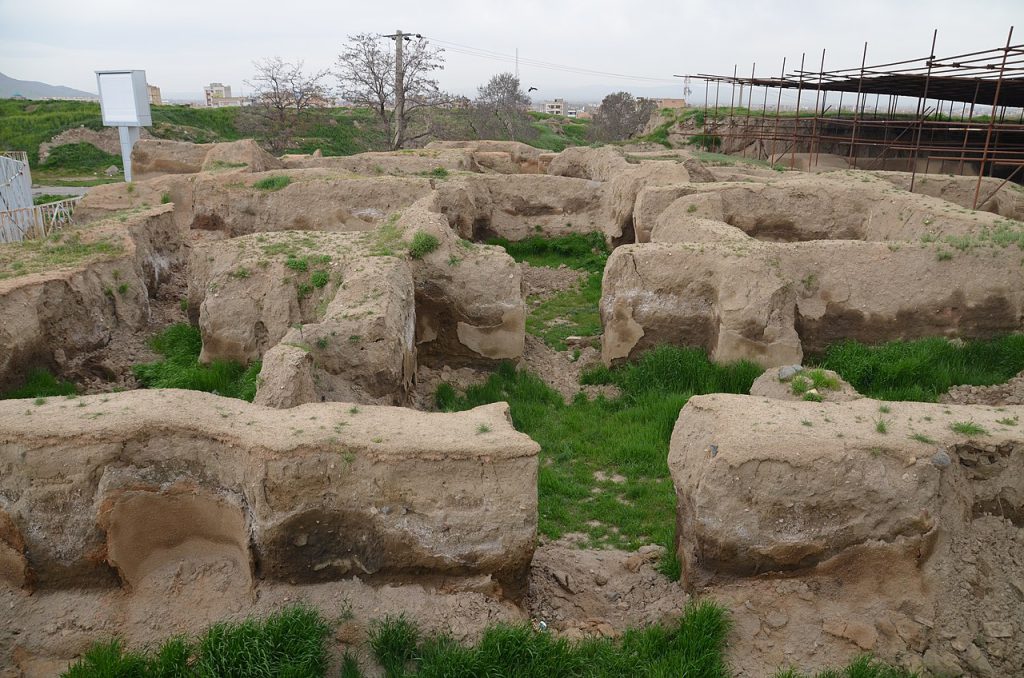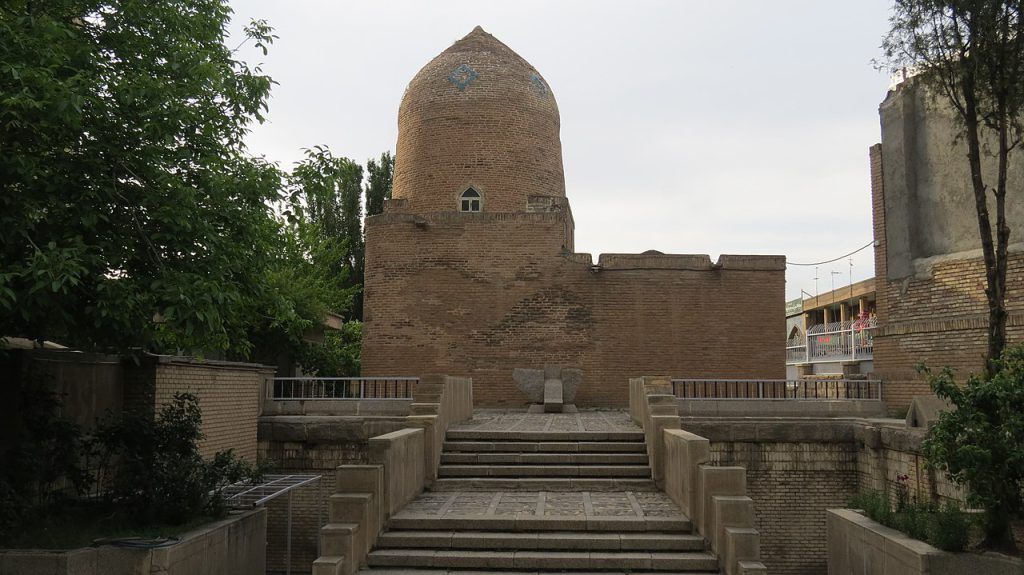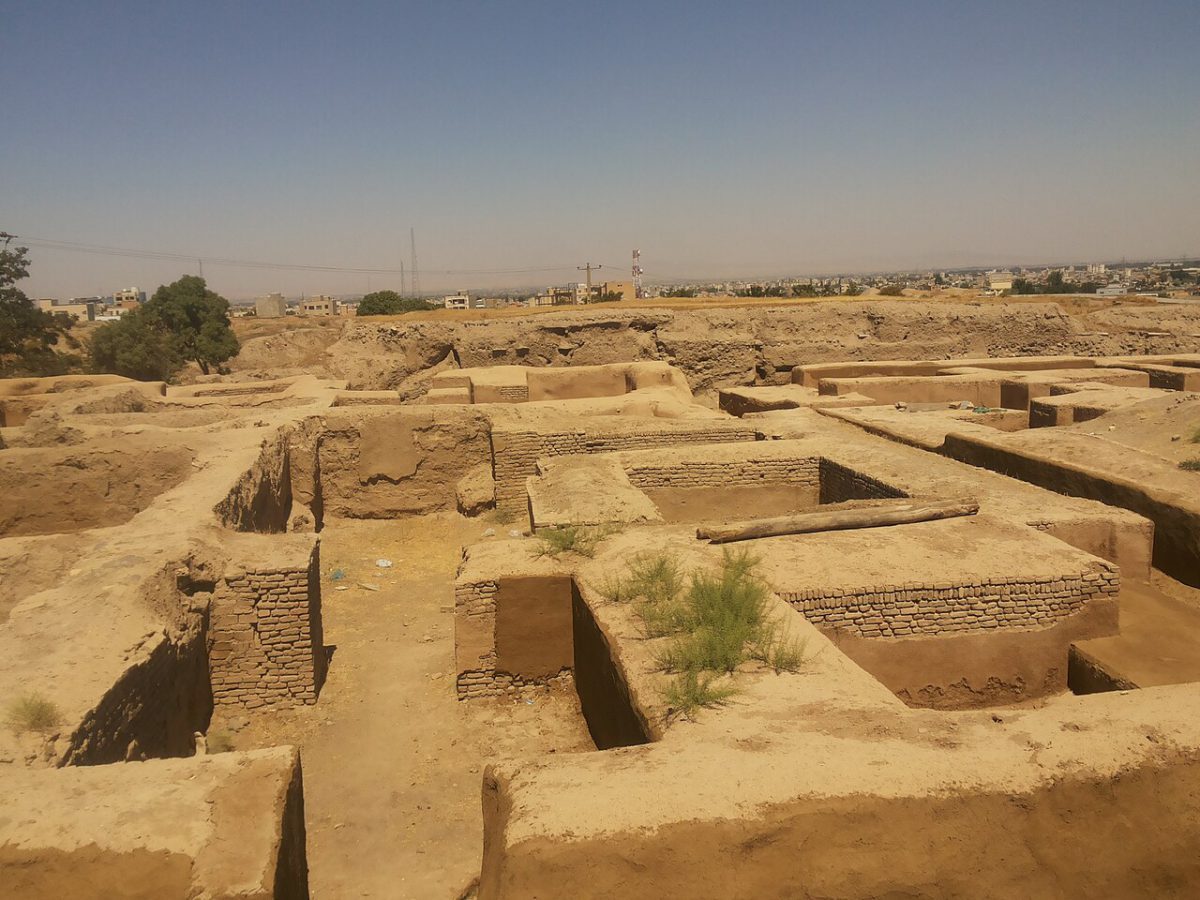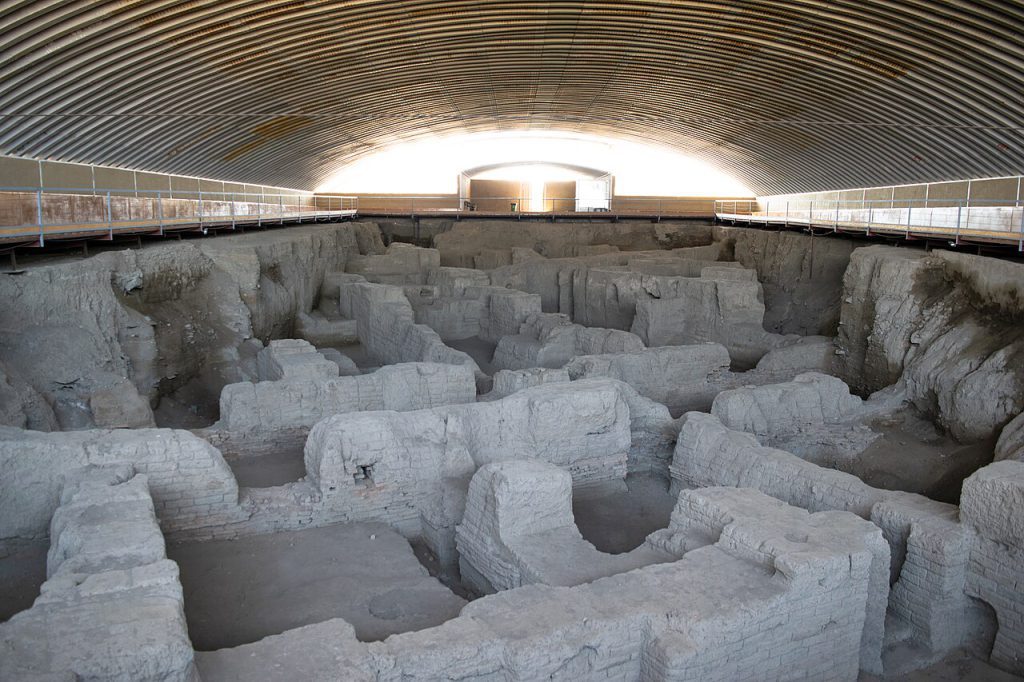Table of Contents
Situated in the outskirts of modern Hamedan, Hegmataneh stands as a testament to the region’s vibrant past, celebrated as a UNESCO World Heritage site. This ancient city has borne witness to the rise and fall of numerous empires, from the Medes to the Islamic dynasties of the Buyids. Each layer of its history adds depth to its archaeological significance, with remnants that echo stories from centuries ago. As you wander through its ruins, the influence of various cultures and eras becomes palpable, painting a vivid picture of its historical importance.
The Parthian period is particularly prominent, with an impressive array of architectural remains that exemplify the ingenuity of ancient urban planning. These structures not only reveal the artistic prowess of their builders but also their understanding of community and functionality. The remnants of this ancient city invite exploration and contemplation, allowing visitors to connect with the echoes of a bygone era where architecture was both an art form and a way of life.
History of Hegmataneh
Research on Hegmataneh reveals that its construction dates back to the 17th century BC, marking the establishment of this site as a significant center when the Medes Empire, stemming from Aryan tribes, first settled in Persia. This ancient city was not merely a settlement; it served as the capital for the earliest Iranian kings and emperors. Recent excavations have unearthed invaluable artifacts that speak volumes about its former grandeur. Although the remnants we see today differ greatly from their original splendor, they still hint at a time when Hegmataneh was adorned with gold and silver, reflecting the wealth and sophistication of one of the earliest civilizations.
Herodotus, the esteemed Greek historian, noted around 800 BC that the Medes had chosen Hegmataneh as their capital. He described an elaborate royal complex that included a castle, treasury, and military quarters, all protected by seven concentric walls—an impressive feat of ancient engineering. Intriguingly, the name “Hegmataneh” itself was inscribed on a stone from King Darius the Great in three ancient Persian languages, leading some scholars to interpret it as a place where people gather. This etymology encapsulates Hegmataneh’s enduring legacy as a hub of culture and governance in ancient Persia.
Architecture of Hegmataneh

Hegmataneh stands out as an architectural gem, reminiscent of a grand palace that once commanded attention and respect. The city’s design featured seven interconnected courts, showcasing the ingenuity of ancient architects who meticulously crafted each space. Surrounding the central complex, the residences for common people were laid out according to the king’s directives, creating an organized community that reflected the power dynamics of the time. Each section of the complex served a specific purpose, with the final castle reserved for the king himself, highlighting the hierarchical structure of Hegmataneh’s society.
Recent excavations have revealed astonishing features that speak to the advanced urban planning of this ancient city. An impressive network of water channels, separated by wide routes measuring 3.5 meters, demonstrates the city’s commitment to infrastructure and sanitation. Archaeologists have also uncovered a vast courtyard adorned with towering structures strategically placed throughout the area. Among the remarkable findings are treasures from the Achaemenid Empire, including a golden epigraph, a unique golden rhyton, a silver vase, and a golden bowl belonging to Xerxes. These artifacts not only enhance our understanding of Hegmataneh’s architectural sophistication but also provide a glimpse into the opulence that characterized this ancient civilization.
Hegmataneh Museum and Complex
The Hegmataneh Museum and Complex serves as a captivating window into the history of Iran’s early empires. Officially recognized on the Iran National Heritage List in 1931, it opened its doors to the public in 1994, inviting visitors to explore its rich past. Originally constructed in 1941 as the Hegmataneh Archaeological Palace, the building was envisioned as a hub for education. Over time, its mission evolved, and today it stands as a guardian of ancient artifacts unearthed from the region. Among its treasures, the museum proudly displays pottery dating back to the 5th millennium BC, marking it as the oldest artifact found in the area.
The layout of the Hegmataneh Museum and Complex is thoughtfully divided into two sections, each narrating distinct chapters of Iran’s history. The first area showcases legacies from the Achaemenid Empire, the Sassanian Era, the Parthian Empire, and the transitions of the first millennium BC and AC. Visitors can marvel at an array of 200 significant items, including intricately designed stone coffins, ancient vases, and gravestones adorned with Kufic scripts from the Seljuk dynasty. The second section highlights artifacts from various Islamic periods, providing a comprehensive overview of Iran’s cultural evolution. Together, these collections offer a profound understanding of the nation’s historical journey, from the rise of its first empires to their eventual decline.
How to Get to Hegmataneh
To embark on your journey to Hegmataneh Hill, start by making your way to Hegmataneh Square, a central hub in Hamadan. From there, you can take the southern exit, which leads directly towards the hill. If you’re driving, head to Imam Square first, then proceed along Shohada Street until you reach Parvaneha Square.
Continuing on this route will guide you to Izar Boulevard, where this ancient city awaits, offering a glimpse into the ancient capital of the Median Empire.
Best Time to Visit Hegmataneh
Visiting this ancient city is best enjoyed during the spring and autumn months, when the weather is pleasantly mild, making it perfect for exploration. Regardless of when you choose to visit, planning your trip around these optimal seasons will ensure a memorable experience filled with cultural discovery and natural beauty.
Where to Eat Near Hegmataneh
Shandiz Haji Restaurant
For a taste of traditional Persian cuisine, Shandiz Haji Restaurant stands out, renowned for its grilled meats and warm hospitality. It offers an authentic experience with its beautifully crafted dishes that celebrate local flavors.
Bamboo Fast Food
If you’re in the mood for something quick and casual, Bamboo Fast Food provides a convenient stop for satisfying bites without compromising on quality.
Dareta Restaurant and Café
For those seeking a more relaxed atmosphere, Dareta Restaurant and Café is perfect for unwinding after a day of exploration. The café’s inviting ambiance pairs well with its diverse menu, making it an ideal spot to enjoy a leisurely meal or sip on aromatic Persian tea.
Where to Stay Near Hegmataneh
Baba Taher International Hotel
Baba Taher International Hotel is a luxurious five-star option that offers modern amenities and exceptional service, ensuring a comfortable stay.
Parsian BuAli Hotel
If you’re seeking something slightly more budget-friendly, the Parsian BuAli Hotel, a three-star establishment, provides cozy rooms and a welcoming atmosphere, making it an ideal choice for travelers who want to be close to the archaeological site without breaking the bank.
Alisadr Tourist Hotel
For those on a tighter budget, the Alisadr Tourist Hotel offers affordable yet pleasant accommodations that still capture the essence of Iranian hospitality.
Other Attractions Near Hegmataneh

Tomb of Esther and Mordechai
Just a short distance away, the Tomb of Esther and Mordechai serves as a significant pilgrimage site for Iranian Jews and offers a glimpse into the region’s diverse cultural tapestry. This beautifully maintained mausoleum is not only a place of worship but also an architectural marvel that reflects the intricate artistry of its time.
Alaviyan Dome
Additionally, the Alaviyan Dome stands out with its stunning Islamic architecture, showcasing the unique design elements that define the period. For those interested in Persian poetry and Sufi traditions, the Baba Taher Mausoleum is a must-visit, honoring the legacy of one of Iran’s most beloved poets.
Avicenna Mausoleum
Another notable site is the Avicenna Mausoleum, dedicated to the renowned polymath and philosopher Ibn Sina, whose contributions to medicine and science are celebrated worldwide. This impressive structure not only pays homage to Avicenna’s genius but also provides visitors with an opportunity to explore his profound impact on various fields.
FAQs about Hegmataneh
Q1: Where is Hegmataneh located?
A1: Hegmataneh is located on the outskirts of modern Hamadan, Iran.
Q2: When was Hegmataneh established?
A2: Hegmataneh was established around the 17th century BC.
Q3: What makes Hegmataneh historically significant?
A3: Hegmataneh was the capital of the Medes and a major center for several ancient empires, making it a key site in Persian history.
Q4: How can I get to Hegmataneh from Hamedan city center?
A4: From Hamadan city center, go to Hegmataneh Square and follow the route towards Izar Boulevard to reach Hegmataneh Hill.
Q5: What is the best season to visit Hegmataneh?
A5: The best seasons to visit Hegmataneh are spring and autumn, when the weather is mild and suitable for sightseeing.
Last Words: Discover the Best of Hegmataneh with a Customized Tour
Hegmataneh is located on the outskirts of modern Hamadan and is recognized as a UNESCO World Heritage site, showing the area’s rich history. This ancient city has seen many empires rise and fall, including the Medes and the Buyids. Each part of its history adds to its archaeological value, with ruins that tell stories from long ago. Exploring this ancient city allows visitors to connect with a past where architecture was both an art and a way of life.
If you’re planning to travel to Iran and want to experience the wonders of Hegmataneh, consider opting for a Customized tour. At To Iran Tour, we specialize in providing Iran tours and travel packages that cater to your individual preferences. Whether you’re interested in historical sites, local cuisine, or unique cultural experiences, we design a travel plan that suits your needs.
Our team is dedicated to helping you have a memorable experience in Iran. With our expertise in organizing Iran Tours, you can rest assured that your visit to Hegmataneh will be both enjoyable and enriching. Let us guide you through the captivating stories and breathtaking sights of this remarkable destination!


